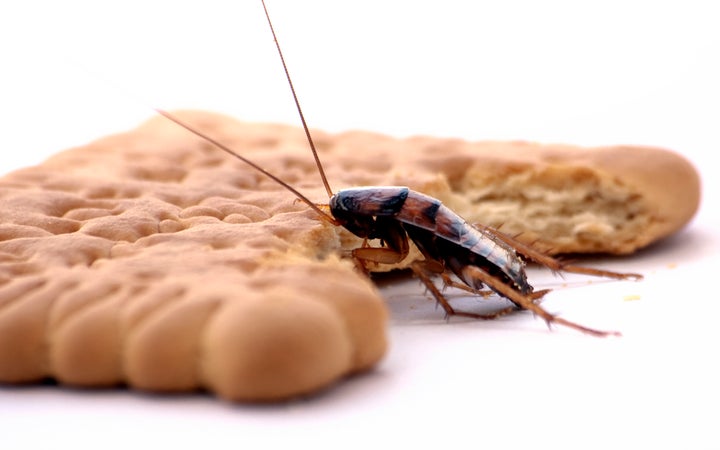
Let’s be real; very few of us really love spotting creepy-crawlies in our homes. And when they’re a sign that something deeper could be wrong with your house, they’re even less welcome.
We’ve written before about how silverfish (sleek, grey beetles) can sometimes indicate a leak ― they’re often spotted in bathrooms.
And now, it seems that there could be another red flag sign of potential issues in your kitchen; bread beetles can reveal the presence of bird or wasp nests in your attic, or reveal issues with your dried food supply.
First bed bugs, now bread bugs...
We know! Luckily, while bed bugs can bite, bread beetles (or biscuit beetles) fall into the same harmless-but-icky category of book bugs.
They’re “one of the commonest pest insects of stored food,” the Natural History Museum shared. They like to hide out in dark, dry places, like in flour, spices, and even medicine.
Adult beetles, which are the kind we’re most likely to spot, “are small, between 2-4 mm in length, reddish-brown and, under magnification, reveal fine grooves running lengthways along the wing cases,” the Natural History Museum shared.
The adult beetles look a little like woodworms, but smaller and with longer antennae.
OK, and what was that about nests?
Sometimes, the beetles enter your home through wasp or bird nests in your attic. They might even come in from bread your bird has dropped down your chimney.
Alternatively, some beetles come in from already-infested containers of dried food, flour, spices, soup mixes, pasta, and more.
Interestingly, the larvae do most of the damage; the beetles themselves don’t feed, but can bore through items in your cupboard instead.
How do I get rid of them?
You’ll have to chuck out any dried food you suspect could be infested, and then clean the area thoroughly.
“Fortunately a deep seated and widespread infestation in the average domestic kitchen is rare and will often die out with the removal of the larval food source,” Adur & Worthing Councils shared. So, this ought to do the trick.
If you suspect a bird or wasp nest, call in an expert; and if the problem persists after food removal and deep cleaning, you might want to get the pros in too.
Ah, the joys of sharing a planet...